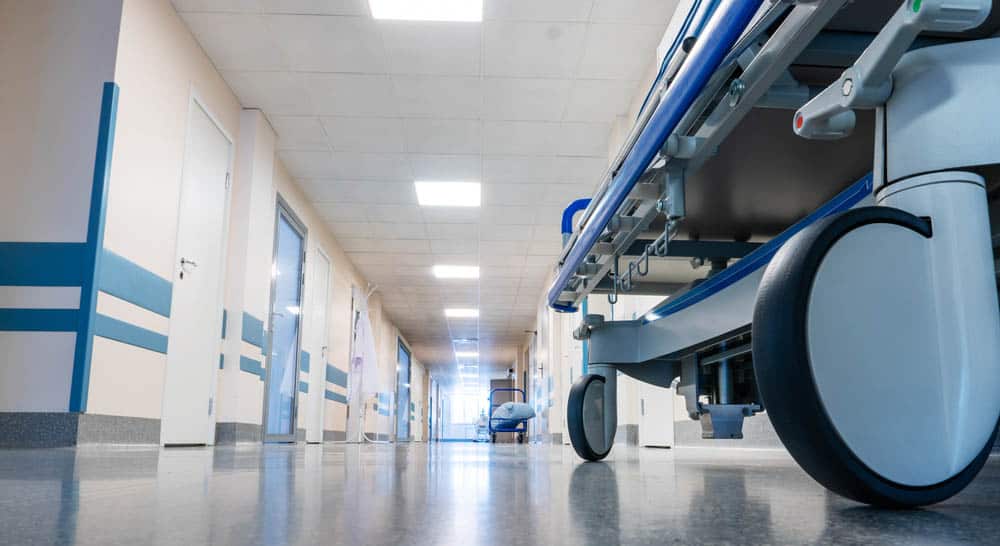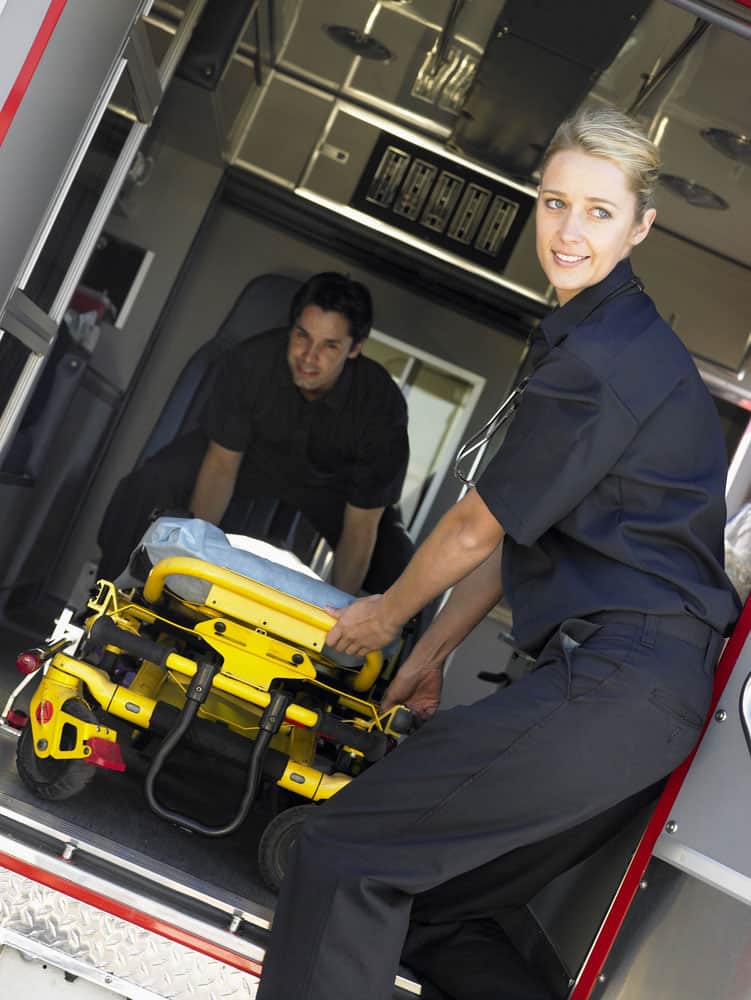Sharing is caring!
Reports from 2020 show that each ambulance served around 21,057 people in emergencies. Most of these cases require a gurney to transport the patient safely.
Gurneys are a vital part of taking care of patients in emergencies or in the hospital. That is why the differences between manual vs powered gurney options are important.
Like an electric powered stair chair, gurneys transport people. They are often referred to as stretchers and can be used in emergencies or to transport patients.
Keep reading to find out more about manual vs powered gurney stretchers and what the key differences are.
Manual Vs Powered Gurney
There are two different types of gurneys that you will find, powered and manual gurneys. Many people may not necessarily understand what the differences are between these two.
When it comes to ambulator transportation, the type of gurney can matter. When it comes to emergency situations, this can be a very important detail.
It can also help with efficiency at hospitals as patients are usually transported with gurneys. Bariatric gurney transportation is very common and relied upon by hospitals.
Gurneys are usually preferred over wheelchair transportation for several reasons. Mostly because it allows the patient to lie flat and undisturbed during transportation.
But it can also be easier to move a patient onto a gurney than it is to put them in a wheelchair. This will depend on the patient and their health concerns.
Here are four things you need to know about a manual vs powered gurney.
1. Manual Gurneys Are More Common
It may not come as a surprise that manual gurneys are much more common than powered ones. These have been around for a very long time and are still used very frequently.
Most ambulator transportation relies on manual gurneys. The majority of hospitals will also have these instead of powered gurneys.

This often comes down to the fact that manual gurneys are much cheaper. Powered gurneys have a lot of additional benefits, but they are much more costly.
The majority of hospitals may not have the budget, so they stick to manual, over powered stretchers. This is the main reason why you will find manual gurneys much more frequently.
2. Powered Gurneys Require Fewer People
One of the benefits of using a powered gurney is that it requires fewer people. A manual gurney moves because people are pushing it, and this may take more than one person.
A powered gurney solves this problem as it moves on its own. There should be one person to help guide it and watch it, but they do not have to actually push it.
This can be especially useful for patients that are larger than average. For an overweight patient, it could take several people to push a manual gurney.

A powered gurney solves this issue as it powers itself. This decreases the manpower needed as well as makes it safer for the nurses and EMTs involved.
This can even set the patient at ease as they are going at a steady pace. Manual gurneys can feel a bit wobbly and fast, making patients uneasy.
3. Manual Gurneys Are More Reliable
Despite the fact that powered gurneys require less manpower, they aren’t as reliable. There is always the chance that a powered gurney could stop working for some reason.
If that were to happen, it would be difficult to figure out how to fix it. And the patient would have to be moved to a different gurney to be transported.
Manual gurneys are not going to have this issue as it is not powered by motors. It goes when it is pushed and it will stop when it is no longer moving.
Manual gurneys can become worn out over time, but this will take quite a lot of use. You do not have to worry about them necessarily breaking down out of the blue.
4. Powered Gurneys Are More Efficient
The use of powered gurneys can be very efficient for hospitals. The majority of hospital patients are often transported with stretchers to get from one place to the next.
Depending on the patient, this could take one to four nurses at a time. They have to push the gurney as well as navigate it throughout the hospital to where the patient needs to go.

A powered gurney is a much more efficient stretcher transportation option. It does not require many nurses and can safely transport patients.
This helps to improve how much attention each patient needs during transportation. It can also save time overall for everyone involved depending on where the patient needs to go.
How Is a Gurney Used?
Now that you understand some of the differences between a manual vs powered gurney, how is a girder used? This is a common question that you may be wondering about.
Gurneys are very important in the medical field when it comes to transportation. They are even used far more frequently than wheelchair transportation.
They are very commonly found in hospitals to transport patients. They can be used to move patients from one room to the next or into surgery.
They are also a staple part of every ambulance truck to help move patients. Not only are gurneys important for transportation, they provide safe transportation.
In some instances, it may be unsafe to move patients and a gurney is the best option.
Things to Know About a Manual Vs Powered Gurney
If you are interested in gurneys, you may be wondering about the differences between a manual vs powered gurney. These are two different kinds of gurneys that you may have seen.
Do you need transportation to a hospital? Contact us today at Affinity Transit for stretcher transportation services.

